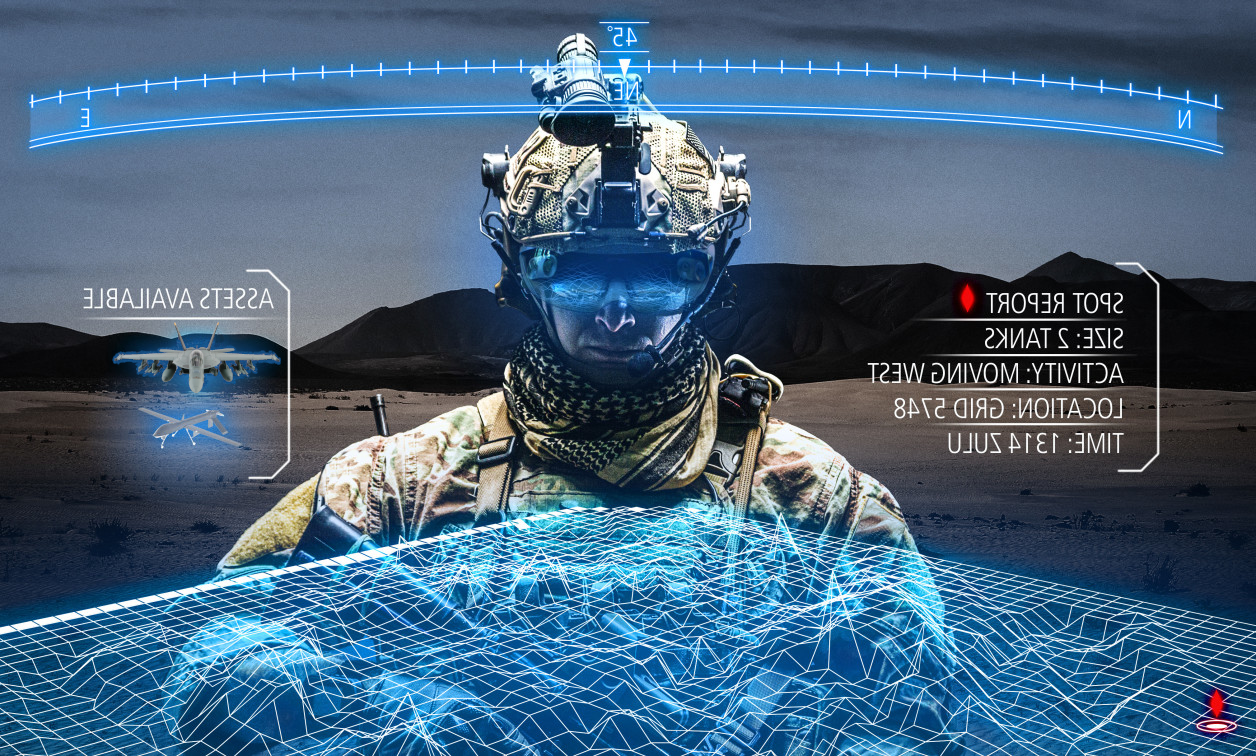Lessons from IDF/Hamas’s conflict of 2021
The use of conventional anti-air defence system by Israel against rockets emanating from the Palestinian controlled region of the Gaza city, cannot be mistaken for a conventional response against an adversary’s rocket attack. The Israel’s response may have been perceived by the international community to be merely conventional, but the use of emerging technology such as artificial intelligence (AI) to anticipate targets and identify possible rocket battery locations, has given us a glimpse as to how emerging technologies could dominate conventional battles in the 21st Century.
Defensive Technology
The Israeli/Hamas conflict of 2021 was for the first-time that AI was embedded in a conventional anti-air defence system and deployed for a defensive action in a decisive battle. The AI was primarily tasked to anticipate possible launch sites and to identify rockets in a marked trajectory.
It all started when the Islamic militant faction Hamas fired 4000 rockets between May 10th & May 21st at Israel. In response, the Israeli Air Force retaliated through numerous successful airstrikes in the Palestinian controlled Gaza. In the midst of operation, the Israelis were able to shoot down 90% of rockets fired by their adversary, using their famed Iron Dome air defence system.
Israel, being one of the biggest hubs for emerging technology driven start-ups, revolutionalised conventional artillery-centric battle methods by embedding AI in their radar and electromagnetic spectrum systems, and by deploying specifically designed algorithms to identify rocket trajectory likely to hit urban/densely populated regions. The algorithm further reinforced the air defence system by focussing strike capability towards those likely to hit a dense population while leaving behind non-essential trajectories. The cost of one intercepting missile is roughly US$50,000, hence, embedding the AI made the air defence system cost-efficient and operationally effective.
While the Israeli air defence system was not perfect, the ability to embed AI into conventional air defence system such as the Iron Dome, altered traditional rules of conventional artillery battles. It did this by giving the Israelis enough real time data to analyse rocket trajectories and enabling them to better prepare/anticipate for future battles.
The data gathered will certainly play an immense role in future conventional artillery centric battles and stands today as a reminder as to how the term conventional increasingly became obsolete through this military engagement.
Taking on the Offensive
The Israelis also employed the AI for offensive action. Large quantities of SIGINT, HUMINT and topographical data were collectively analysed using an AI based algorithm. ELINT & IMINT collected from vast sources, were fed into an algorithm in an effort to formulate a holistic topographical three-dimensional structure of Gaza to pinpoint the exact location of possible active rocket batteries. The AI was activated to analyse the make and model of the rocket, payload capacity, possible trajectory, and to identify the best possible and quickest routes for the Israeli Defence Force to reach battery locations.
The operational advantage was definitely stacked in favour of the Israelis, as they were collecting and calculating vast amount of data accurately and simultaneously during the course of the battle. Capitalising on cellular towers and active cellular networks, the AI was quick enough to analyse behaviour patterns of selected gatherings of the masses, anticipate their purpose and identify the probable cause of these gatherings, thus assisting the Israeli Air Force to designate strike locations.
Relevance for conventional military operations
The future of conventional military operations is not bleak. Mechanised units, tank columns and artillery pieces will constantly prove their worth and usefulness in 21st Century battles. They may, however, have lost their strategic importance. In the future, neutralising an adversary’s offensive and operational capability will involve a joint/integrated response from conventional land forces, air and naval assets combined with the application of emerging technologies, such as the AI, which will operate at the helm of the battle and sometimes as the tip of the spear. While data analytics proved its significance in the recent Israel/Hamas conflict, its true potential will only be understood when conventional modern militaries develop mechanisms to harness its potency during combat operations.
Conclusion
It is fair to say that technology has changed the way that modern traditional militaries perceive combat operations. That said, technocrats, technologists and human rights activists still argue about the extent to which emerging technologies should permeate our daily lives. In the field of combat operations, this argument is yet to run its full course. Will emerging technologies dictate the rules of conventional battles in the near future? The question remains to be answered and the source of its resolution lies beyond those professionals who specialise in information technology and engineering solutions. There are ethical and moral considerations that engage a far broader section of the national security community.
The lesson from the Israel/Hamas conflict of 2021 is abundantly clear. Most modern militaries are still preparing for battle with 20th century mindset. Israel has definitely made it to the 21st century, but we are yet to witness how much the broader international community of modern conventional militaries have learnt from this experience.





